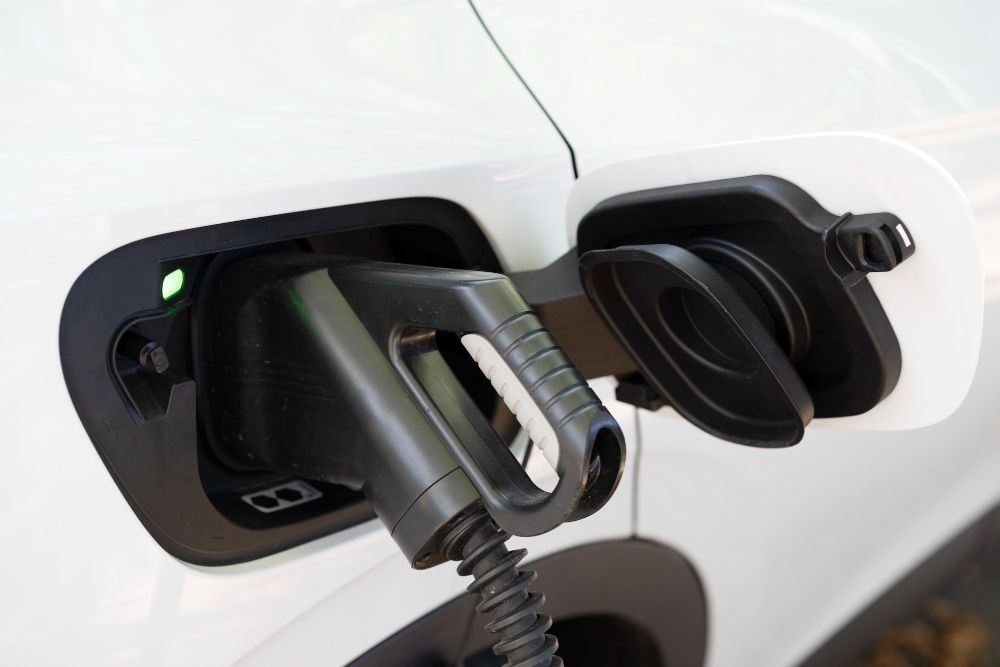
Whether you’re at a gas station refueling your car or managing a large-scale fueling operation for heavy machinery, the fuel nozzle is the unsung hero of the process. It might look like a simple device, but this small component plays a critical role in delivering fuel safely, efficiently, and cleanly.
In this blog, we’ll dive into what a fuel nozzle is, how it works, the different types available, and why choosing the right one is so important.
What Is a Fuel Nozzle?
A fuel nozzle is a specialized valve attached to the end of a fuel dispenser hose. Its job is to control the flow of fuel into a vehicle’s tank or equipment reservoir. It ensures accurate dispensing, minimizes spills, and often includes automatic shut-off features to prevent overfilling.
You’ll find fuel nozzles at gas stations, airports, construction sites, and industrial facilities—anywhere fuel is transferred from a tank to a vehicle or machine.
How Does a Fuel Nozzle Work?
At its core, a fuel nozzle operates using a simple mechanical principle. Here’s how it works:
-
Trigger Mechanism: When you squeeze the handle (trigger), it opens a valve that allows fuel to flow from the dispenser into the nozzle and out through the spout.
-
Automatic Shut-off: Most modern fuel nozzles have an automatic shut-off feature. As the fuel tank fills up, the rising fuel level blocks a small vent hole near the nozzle tip. This change in air pressure triggers the shut-off valve to stop the flow, preventing spills and overflows.
-
Swivel and Spout Design: Many nozzles feature a swivel connection to reduce hose kinks and a shaped spout to fit different tank inlets securely.
Types of Fuel Nozzles
Fuel nozzles come in various shapes, sizes, and materials—each designed for specific use cases and fuel types. The main types include:
1. Manual Nozzles
-
Require the operator to manually control the fuel flow.
-
Simple design, lower cost.
-
Best for low-volume or specialty applications.
2. Automatic Shut-Off Nozzles
-
Feature built-in sensors that stop fuel flow when the tank is full.
-
Common in public fuel stations.
-
Improve safety and reduce fuel waste.
3. High-Flow Nozzles
-
Designed for trucks, aircraft, and heavy machinery.
-
Deliver higher volumes of fuel quickly.
-
Typically used in industrial or commercial fueling stations.
4. Vapor Recovery Nozzles
-
Capture harmful fuel vapors during refueling.
-
Required in many regions to meet environmental standards.
-
Often seen in modern gas stations.
Key Features to Look For
When selecting a fuel nozzle for your application, consider the following factors:
-
Flow Rate: Choose a nozzle that matches the pump’s flow capacity and your equipment’s needs.
-
Fuel Compatibility: Not all nozzles are suitable for every fuel type (e.g., diesel, gasoline, biodiesel, aviation fuel).
-
Durability: For high-use environments, opt for nozzles made from stainless steel or reinforced aluminum.
-
Safety Mechanisms: Automatic shut-off and anti-siphon features enhance safety.
-
Ergonomics: Comfortable grip and easy-to-use trigger make a big difference during long or frequent use.
Why Fuel Nozzles Matter
You might not think twice about the nozzle the next time you fill up your car—but here’s why it deserves attention:
-
Safety: Preventing overfills, spills, and vapor release is critical.
-
Efficiency: Proper fuel delivery saves time and reduces waste.
-
Environmental Protection: Many modern nozzles include features to reduce emissions and pollution.
-
Cost Savings: Avoiding spillage and ensuring accurate fuel delivery helps manage costs, especially in fleet operations or fuel-intensive industries.
Final Thoughts
The humble fuel nozzle is a prime example of how even the most common tools have intricate engineering behind them. From ensuring a safe fill-up at your neighborhood gas station to powering fleets of trucks or airplanes, fuel nozzles are central to modern transportation and logistics.
Choosing the right nozzle for your needs—and maintaining it properly—can improve safety, reduce costs, and enhance efficiency. So next time you refuel, take a moment to appreciate the smart technology behind that click of the trigger.